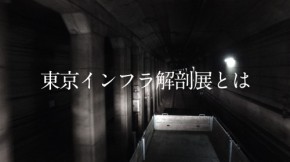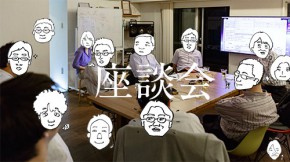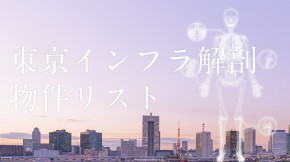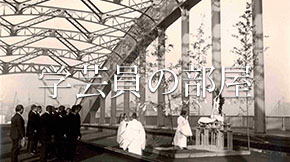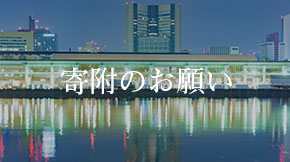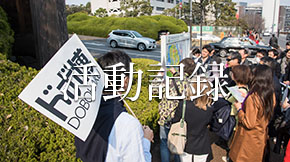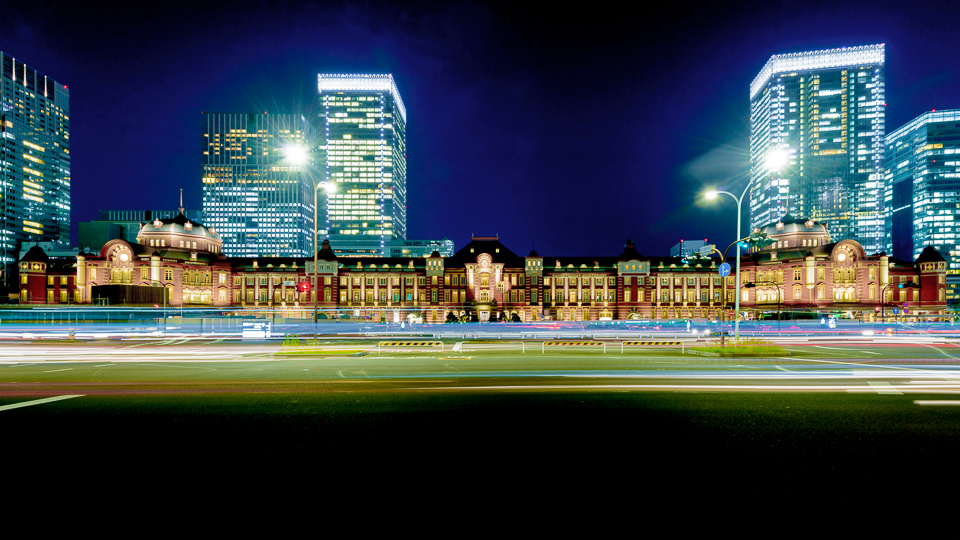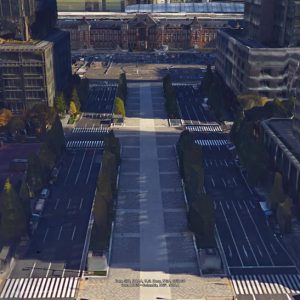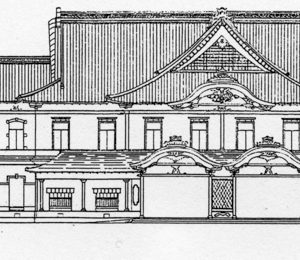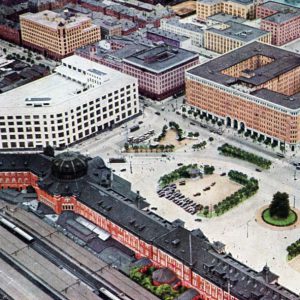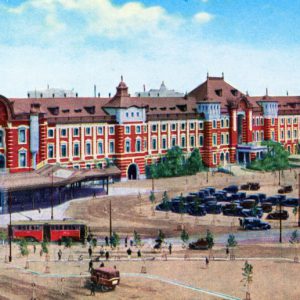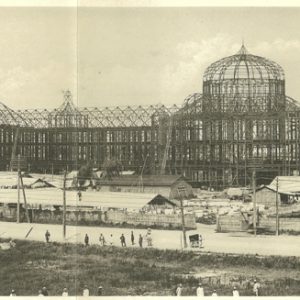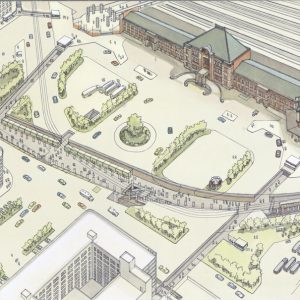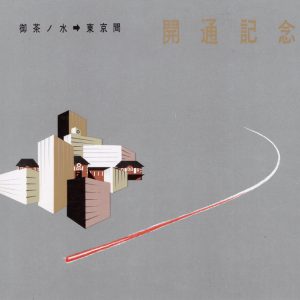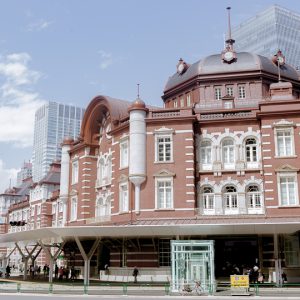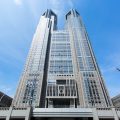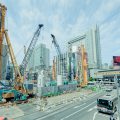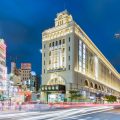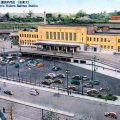JR’s largest station where about 4,100 trains come and go a day on a total of 28 lines platform. “Aorta” of the railroad running through the country gathers here. Another thick “blood vessel” such as Gyoko-dori street and Sotobori-doti street is connected if you get off the station. In the underground space, the Marunouchi Subway Line connects, and a lot of commuters, school students, tourists and others are coming and going to and from the ground. This is exactly the “heart” of Tokyo.
The first design drawing of Tokyo station was made by German engineer Franz Baltzer. Proficient in Japanese architecture, he designed the Tokyo station into a Japanese style building. In the era when Japan’s elite strongly promoted Westernization, it was a message from a German who “tried to rescue Japanese ancient culture from devastation and oblivion” (Baltzer). However, in the era when the confidence of Westernization was strengthened by the victory of the Russo-Japanese War, the “heart” of the Japanese capital was completed as a huge structure featuring brick and iron which was the symbol of civilization.
This building is characterized by long horizontal façade. Unlike the usual European terminal station, the Tokyo station has side platforms, not bay platforms, and as if to cover railway from the Imperial Palace, the brick structure is stretching by the length of the platform sideways.
After the bombing during the WWII destroyed the third floor, the state of interim repair continued for half a century. However, total repair work has finally done in 2014 to commemorate its centenary. Meanwhile, according to the growth of city and country of the 1970s, plans to completely rebuild and make it bigger “heart” also appeared. In the end, however, this brick building station was preserved, respecting the feelings of people who have attachments to red bricks.
While recalling Barzer’s message that appealed for respect for tradition, it is also attracted by the mysterious charm of red bricks, a symbol of westernization. In front of the restored Tokyo station, you may realize the ambivalence of modern Japan. (D.Kitagawa)
BIBLIOGRAPHY
BALTZER, F., Die Hochbahn von Tokio, Zeitschrift des Vereines deutscher Ingenieure, 1903.
| Type | Station |
| Location | Chiyoda-ku/Tokyo |
| Structure | Steel and brick/Three floor construction (JR) |
| Scale | area 182000 m2 |
| Completion year | 1914 |
| Manager | JR East |
| Designer | Tatsuno Kasai architectural office |
| Remarks | National Important Cultural Property |

